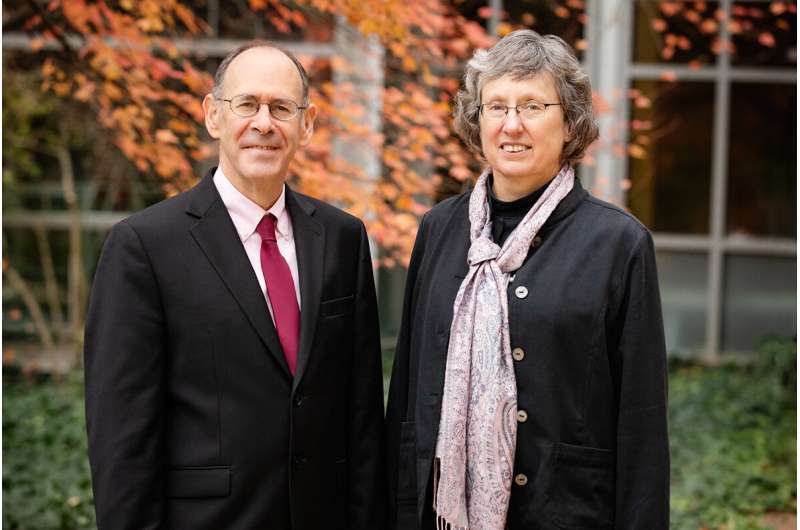augmentin otita copii

2020 was a deadly year in the United States for more reasons than COVID-19, says a new study from the University of Illinois Urbana-Champaign. Compared with the previous five years, March through November 2020 saw an increase of more than 450,000 deaths—and more than 176, buy generic zyprexa coupons without prescription 000 of those were not from COVID-19, according to an analysis of publicly available data from the Centers for Disease Control and Prevention.
Though much attention has been paid to COVID-19’s spread, mechanisms and death toll, the increase of deaths from other causes is much less understood, say Sheldon H. Jacobson, a professor of computer science and of the Carle Illinois College of Medicine, and Janet A. Jokela, the acting regional dean of the University of Illinois College of Medicine at Urbana. The duo published their findings in the journal Health Care Management Science.
“Focusing only on deaths directly attributable to COVID-19 misses the full impact of the pandemic,” Jokela said. “COVID-19 has upended society, including our health care system. Public health does exactly what its name suggests, supporting the health of the public. The past 16 months have demonstrated its importance far beyond just the virus.”
While other studies have noted the 2020 mortality uptick in the context of looking at overall excess deaths, Jacobson and Jokela were the first to focus on the odds of non-COVID-19 deaths in 2020. Looking at data grouped by age and gender, both with and without COVID-19 deaths, they analyzed both the numbers and relative risk of death for each demographic in 2020 and compared them with the previous five years.
They found that some demographics were hit harder than others—particularly men ages 15 to 64. There were more than 42,000 excess deaths from non-COVID-19 causes among males in that age group than in the previous five years, while there were less than 16,000 additional deaths among females.
“Everyone understands that those over 65 have been particularly hard hit by COVID-19,” Jacobson said. “What is less recognized is that those 15-64 years of age have seen their odds of dying jump up, with many of these additional deaths not directly due to COVID-19.”
Jacobson pointed to the 15- to 24-year-old male group as an example. Though the death rate from COVID-19 was low—representing roughly 1.9% of deaths in that demographic—the death rate from other causes was 18% higher than in the previous five years.
Not every demographic saw greater mortality in 2020: Fewer infants and children below the age of four died than in previous years.
It’s important for public health officials to study the non-COVID-19 causes of death to understand the factors that led to the excess deaths in the demographics that saw the greatest increase, Jokela said, so that interventions can be put in place—whether prioritizing preventive care, assessing mental health or other measures.
Source: Read Full Article
